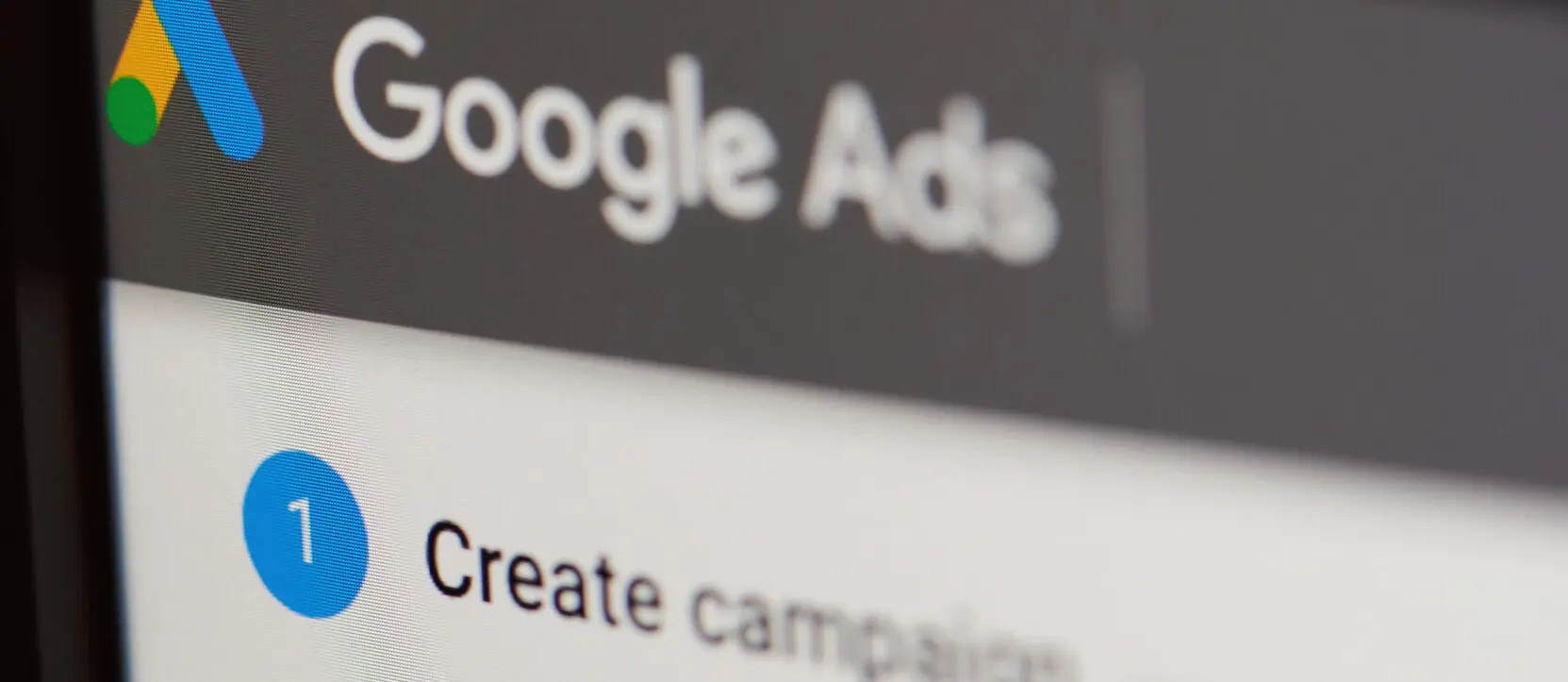Looking to vamp up your digital strategy for 2023? We’ve got just the tip for you — tap into Google Ads!
You’ve probably heard of them already, but we’ll still just give a quick rundown — Google Ads are online ads that appear within both Google search results and other web sources such as YouTube and the Google Play store, filtered in by keyword search terms.
As people scroll online, they’re likely to come across the ads and may decide to click one if it’s related to what they’re looking for. In short, Google Ads connects people with the services or products they need and helps businesses reach potential customers.
When it comes to ads, it’s all about using the right kind of copy to grab people’s attention and inspire them to click. But what truly makes a great, well-written ad? Does brevity perform best? How much copy is too much copy? And how do you choose the best keywords?
We’re here to answer all these questions and share our best tips for writing Google Ads that reach top performance and deliver results.
Start With Keywords
Keywords are the starting point for any Google Ads campaign, as they dictate how your ad appears when the user searches for a term in Google. You’ll want to make sure that you target relevant search terms for your audience.
Choose terms and phrases that are relevant to your business and will likely match what your ideal customer is searching for. Keywords should be terms used frequently throughout the landing page (the page that users go to when they click on the ad) and incorporated throughout the ad copy. Once you have compiled a list of a few terms that you think are suitable, it’s time to move on to keyword research.
There are tools like Google Keyword Planner and SEMRush that you can use to expand your initial list of keywords. Both tools will provide information like average monthly search volume (the average number of total searches for a particular keyword per month), average cost per click (the amount you can expect to pay for a user to click on your ad when it appears alongside a particular search term) and more.
It’s All About the Headlines
For Google Ads, you need to write a minimum of 3 headlines, but you can create up to 15. Typically, we recommend at least 5-7 per ad. Historically, text ads for Google were static, meaning that the ads would appear with the same headlines and descriptions every time, however now the default ad type is a Responsive Search Ad (RSA). RSAs require a variety of headlines and descriptions that the platform chooses and optimizes based on past performance and user interaction with the ad.
While writing each headline, try to keep your copy concise and to the point, with your call-to-action clearly outlined. When someone clicks on your ad, they should be able to quickly figure out what the ad is driving them to do — whether it’s a click to make a sale or to find out more information. It is also essential to incorporate keywords within the headlines as this will improve performance, tying search terms to the ad increases relevancy for the user as well as Google’s platform.
For the sake of sharing an example, let’s say that your business sells cat toys, and you’re setting up a new Google Ad with the goal of encouraging people to buy your product. Here are some examples of headlines that make the objective clear and (hopefully) grab people’s attention!
- Find Great Toys For Your Cat
- Shop Our Cat Toy Collection
- Entertain Your Cat At Home
It is best practice to capitalize the first letter of every word in your headlines.
In terms of best practices, we recommend keeping your headlines short, simple and not too overloaded with information. After all, people are easily distracted online, and are quick to decide whether an ad is useful to them!
Make Use of Ad Descriptions
Google will allow you to write up to four descriptions for your ads, which can provide more of the nitty-gritty details of your business or the product you are selling. This can be a great opportunity for you to highlight the unique perks of your business that may help you stand out from your competitors — whether it be high-quality products, having many years in the game or providing hard-to-beat sales.
Descriptions allow up to 90 characters, so be sure to use up the space that is given to you! Don’t shy away from including more information that could help your business stand out.
For example, let’s say this set of descriptions is for that cat toy company we mentioned earlier.
High-quality cat toys that are the cat’s meow. Over 100 options, with free shipping for orders $30 or more.
Spoil your cat with very best. 20+ years in business, 4.5-star rating on Trustpilot. Order today.
Watch Out for Typos & Policy Disapprovals!
Typos can greatly affect the performance of Google Ads and can even lead to ads getting rejected.
Don’t let it happen to you! Be sure to read through all the text in your ads and make sure everything makes sense both grammar and syntax-wise. Try to read through slowly, as speeding through too fast can cause you to glance over a glaring typo without missing a beat.
The biggest culprit? Headline typos! So, make sure you double-check your headlines to make sure all the words are written and used correctly. There’s nothing worse than an ad with a misspelled headline — since it’s the very first thing that people see!
Here are a few other things that can result in your ads getting disapproved:
- Using all capitals in your ad copy (unless that is in your brand name)
- Using exclamations or symbols inappropriately in your ad copy (asterisks, repeated symbols, etc.)
- Unnecessary repetition
- Including phone numbers in the ad text (Google has call assets for this purpose!)
- Advertising a brand name that does not belong to your business
Read more about Google’s editorial guidelines HERE.
Keep It Simple
As the biggest spokesperson for your business, we understand the instinct to want to REALLY sell your strong points. Believe us, we could talk digital marketing all day! (Much to the annoyance of our loved ones).
Yet it’s important to not overwhelm people with TOO much information through your Google Ads. Instead, tell them just enough to grab their attention, and then leave them wanting more so they’re driven to click on your ad.
Pick a few unique selling points of your business and stick with them. People can learn the rest by either exploring your website or reaching out to you directly!
At the End of the Day — It’s All About Trial & Error!
We’ve said it once and we’ll say it again — the true key to optimizing top performance for your ads is to constantly revisit and readjust your ads through trial and error.
Plan frequent check-ins for your ads — whether you feel comfortable conducting them weekly or monthly. Measure how they are performing and consider making copy adjustments to weaker-performing ads. Take note of your top-performing ads and try to replicate their copy style with your other ads that could use a boost.
Over time, you will see which phrases and sentence structures tend to work best for your business! So go out there, launch your ads, learn, and have FUN!
Need to improve your Google Ads Strategy? Contact us at connect@thebelfortgroup.com and our team of experts will help you out!


